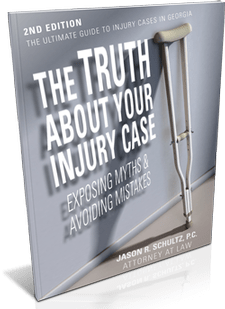Determining Fault in a Rear-End Accident
Typically there should be a three-or four-second distance between vehicles. When conditions are poor, it may need to be increased to about 10 seconds. This allows the vehicle traveling behind to safely slow down or stop in an emergency situation. Failure to do so could result in that driver being liable for an accident.
However, a safe distance isn’t the only factor that could influence fault in a rear-end crash. For instance, let’s say another vehicle cuts in front and the driver has to slam on his/her brakes but still ends up hitting the vehicle from behind. In this case it might be determined there wasn’t enough room to stop because the other driver cut in front.
Another example would be a pedestrian who unexpectedly walks out in front of a vehicle that has to suddenly brake. Even with enough distance between vehicles, the one in back could still end up sliding into the car in front. It may be decided that the pedestrian caused the accident.
A chain reaction can also be a factor in a rear-end crash. It might be that a vehicle strikes from behind and pushes the person’s car into the back of another one. This could prevent the driver who was pushed from behind into another vehicle from being liable for damages.
In fact, these could be arguments that defense may use to prove partial fault in a rear-end accident. Drivers who face accusations of partial fault or who need help establishing the other party’s liability for an accident should contact Jason R. Schultz at 404-474-0804.


